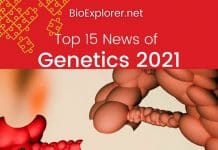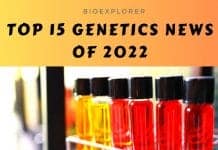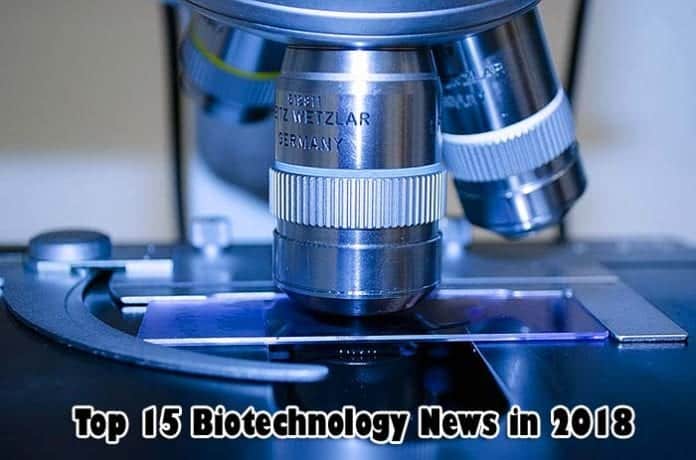
Biotechnology is the new magic of the 21st century. Some of the biotech techniques include nanotechnology and tissue engineering which provide new cancer treatments, assist in water security and are slowly becoming crucial in sustainable industrial development.
By using new methods, we can heal, clean, produce new things – and also learn significantly more about life while developing these new methods.
Table of Contents
- Top 15 Biotechnology News In 2018
- 1. Engineered Bacteria against kidney disease
- 2. Nanogels that control cancer treatment
- 3. DNA as a drug carrier
- 4. Nanoparticles against water contamination
- 5. Nanotechnology-based systems for clean water
- 6. A vital device not mentioned in polite society
- 7. Genomics to help with the secrets of wine-making
- 8. Fats instead of alcohol: reprogramming yeast cells
- 9. Do not waste food: give it to bacteria instead!
- 10. Cells as ink: significant progress in bioprinting
- 11. Silver stakes for early tumors
- 12. The silk inside: novel silk-based biomaterials
- 13. DNA-based biosensors: bringing intelligence, not heredity
- 14. Speeding up the heart growth
- 15. Tissue engineering and electricity help heal bones
Top 15 Biotechnology News In 2018
1. Engineered Bacteria against kidney disease
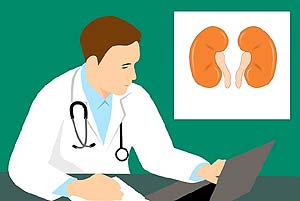 Sometimes, the human body is unable to digest oxalate, a part of our diet.
Sometimes, the human body is unable to digest oxalate, a part of our diet.
- When oxalates accumulate in kidneys and urine, it can lead to severe renal disease and other complications.
- In order to help our own cells to digest oxalate, bacteria with genes that code for enzymes that can transform oxalate was developed.
- These bacteria are entirely safe, have limited growth and supplement our own microbiome.
- They replace human enzymes and help the body to digest oxalates, thus preventing hyperoxaluria and kidney disease development.
![]()
2. Nanogels that control cancer treatment
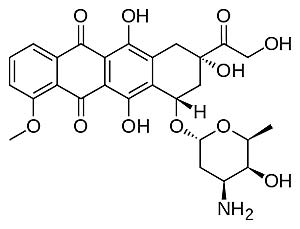 Special temperature sensitive nanogels were developed that could be paired with hydrophobic anti-cancer agents such as doxorubicin.
Special temperature sensitive nanogels were developed that could be paired with hydrophobic anti-cancer agents such as doxorubicin.
- As these nanogels change shape in response to the change in temperatures, they can be used to control the shape of the resulting particles and to guide the release of the chemotherapeutic agents contained within.
![]()
3. DNA as a drug carrier
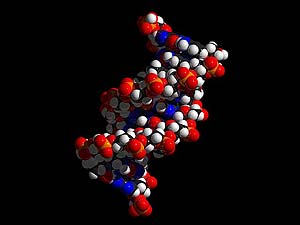 Sometimes one does not need to invent anything new to get a fantastic result.
Sometimes one does not need to invent anything new to get a fantastic result.
- Modern nanotechnology manipulates various pre-existing molecules and allows novel applications.
- For instance, it was possible to construct DNA – based nanostructures that acted as drug carriers. These carriers were successfully used for delivery of favorite anticancer agents such as Doxorubicin and GpG nucleotides.
- Drugs “taking a ride” on such carriers can are absorbed by the target cells more quickly and are also less toxic.
![]()
4. Nanoparticles against water contamination
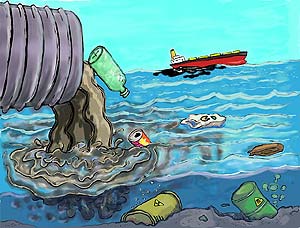 Contamination of water – ground waters especially – is a problem that is difficult to overestimate.
Contamination of water – ground waters especially – is a problem that is difficult to overestimate.
- Substances that do not dissolve in water, such as oil, are pretty difficult to clean away, too.
- It is proposed to use silicone nanoparticles to eliminate the contaminants of this type.
- This approach is swift, efficient and is relatively cheap and less time & labor consuming.
![]()
5. Nanotechnology-based systems for clean water
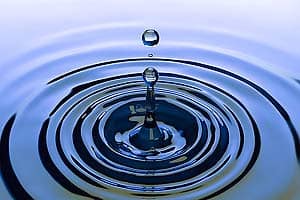 Nanotechnology approaches are not limited to eliminating only oil-like contaminants described above.
Nanotechnology approaches are not limited to eliminating only oil-like contaminants described above.
- Nanomaterials can be used to eliminate all kinds of pollutants: salts, chemicals, oils, infectious agents, and heavy ions.
- Nanotechnology-based water treatment systems can improve the overall quality of drinking water and compensate for the insufficiency of present-day water delivery networks.
![]()
6. A vital device not mentioned in polite society
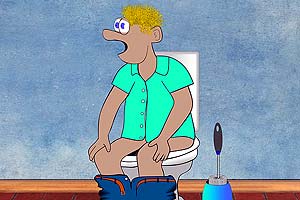 Many people are suffering from problems connected with defecation. They are difficult to explain and diagnose.
Many people are suffering from problems connected with defecation. They are difficult to explain and diagnose.
- A novel fecobionics device can explain the unexplainable. It can be inserted into the intestine and then transmit various information concerning defecation in the patient.
- The device not only can be used for diagnostic purposes but also applied as a part of the treatment of this type of disorders.
![]()
7. Genomics to help with the secrets of wine-making
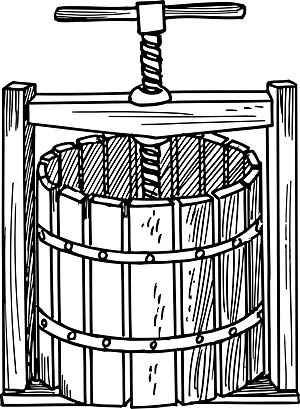 One of the secrets to winemaking is choosing the proper bacterial culture.
One of the secrets to winemaking is choosing the proper bacterial culture.
- It is crucial to choose correctly and prevent the invasion of undesirable microorganisms. However, still, most winemakers are not aware of what exactly is happening after the culture addition.
- It has become possible through the combination of genomics and metabolomics to track changes in chemical composition and gene expression of bacterial starter cultures and their environment, thus tracking the whole process from bacteria added to the final product.
![]()
8. Fats instead of alcohol: reprogramming yeast cells
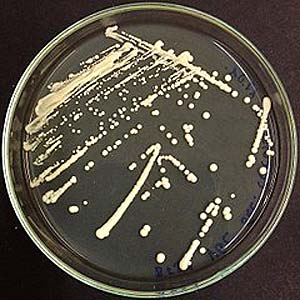 Manipulating single genes in bacteria or viruses is a widely applied practice these days.
Manipulating single genes in bacteria or viruses is a widely applied practice these days.
- However, it is now possible to change not a single gene, but a whole metabolism of a more complex, eukaryotic cell.
- With the help of metabolomics, it has become possible to reprogram yeast cells, Saccharomyces cerevisiae, so that they produce fatty acids instead of ethanol.
![]()
9. Do not waste food: give it to bacteria instead!
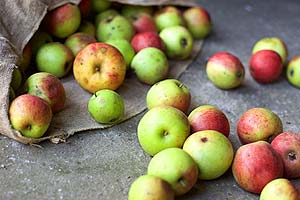 There is now a great way to get rid of food and plant waste we leave behind.
There is now a great way to get rid of food and plant waste we leave behind.
- One should just put them into a bioreactor that contains mixed bacterial cultures and uses additional processes such as gasification and syngas fermentation.
- The potential output is extremely varied: from traditional bacteria-derived products such as ethanol or methane to biochemicals and bioplastics.
- Sustainable, zero- waste and zero- pollution industry is not just a vision anymore: it can very well become a profitable reality.
![]()
10. Cells as ink: significant progress in bioprinting
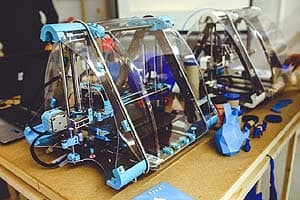 3D printing and bioprinting were limited to simple prostheses or experimental designs just a few years ago.
3D printing and bioprinting were limited to simple prostheses or experimental designs just a few years ago.
- Now the cells and their components have become printing ink: it is possible to print tissues, cellular matrixes, and even small organoids.
- There is still a limit what a bioprinter can produce, though: the extrusion bioprinting still involves considerable stress for the cells used, which means potential damage and inability to create genuinely complex tissue environments.
![]()
11. Silver stakes for early tumors
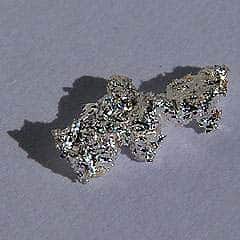 It is now possible to detect cancer growth early, and this calls for new treatment approaches.
It is now possible to detect cancer growth early, and this calls for new treatment approaches.
- A group of specialists offers an elegant solution – to stake cancer with silver. The approach involves silver nanoparticles produced with the help of mangostana bark extract.
- The particles are introduced inside the tumor and then activated with ultrasound. The treatment is safe for healthy cells but can be detrimental to the cancer cell culture.
- This method is an elegant solution to dealing with early tumors without traumatic surgery or chemotherapy.
![]()
12. The silk inside: novel silk-based biomaterials
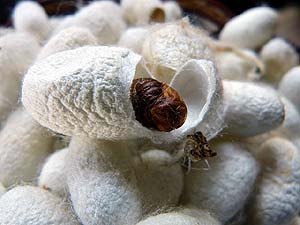 Previously, silk was the material of emperors. Now, it is the basis of biotechnology.
Previously, silk was the material of emperors. Now, it is the basis of biotechnology.
- Silk proteins derived from silkworm cocoons can be used for creating nanogels, sponges, and other biomaterials.
- It is also an excellent material for sutures and other surgery-related materials, as silk thread is not particularly immunogenic.
- In the nearest future, silk-based materials would be quite likely used in tissue engineering as well.
![]()
13. DNA-based biosensors: bringing intelligence, not heredity
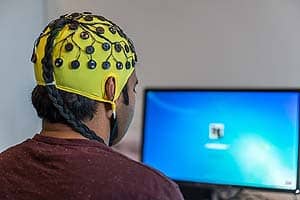 DNA, the molecule of life and heredity, can have more than one profession.
DNA, the molecule of life and heredity, can have more than one profession.
- Not only can it be used as a storage disk or a carrier, but it can also be fashioned into a biosensor.
- Such sensors are not traumatic and can be beneficial tools in medical diagnosis, as they can detect a variety of molecules from other nucleic acids to proteins, ions and other substances.
- It is said to have potential outside medicine and research – in security, for instance.
![]()
14. Speeding up the heart growth
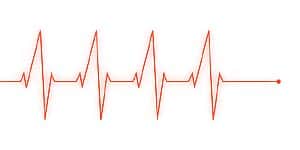 It is now possible to use pluripotent stem cells for growing heart tissue in the lab.
It is now possible to use pluripotent stem cells for growing heart tissue in the lab.
- This is a great thing both for heart specialists and researchers, as it is a way to understand how the heart tissue develops and reacts to the environment.
- The main drawback of such culture was the slow development of the cells of this type. Immature cells were not suitable for many kinds of research.
- Now it is possible to create conditions in which heart cells mature quickly, approximately over a month, and express most of the genes typical for adult heart cells.
- The researchers hope to use the new model line for studying heart pathologies such as cardiac hypertrophy.
![]()
15. Tissue engineering and electricity help heal bones
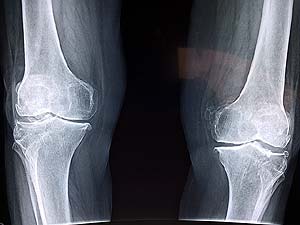 When bone damage does not heal quickly, the surgeons are forced to use prostheses, usually made of metal or other materials.
When bone damage does not heal quickly, the surgeons are forced to use prostheses, usually made of metal or other materials.
- However, with the advancements in tissue engineering, it is now possible to populate biocompatible scaffolds with bone cells and use them for bone healing instead.
- Moreover, the healing process can also be significantly sped up by electrical stimulation, as experiments on mice show.
- The new developments in the field can lead to much better therapy for individuals that sustain massive injuries.
![]()
As you see – the future quickly becomes a routine daily practice. What would the sci-fi authors do in a couple of years?
![]()




